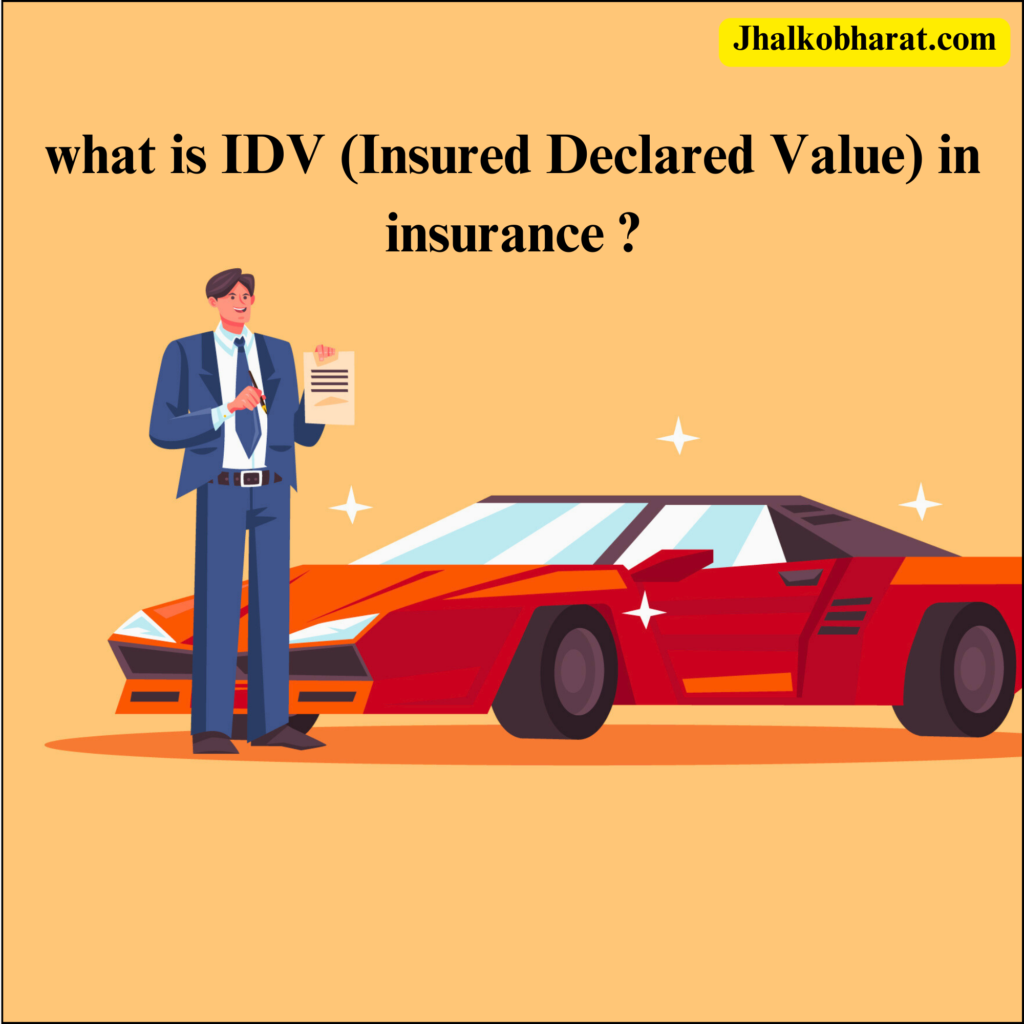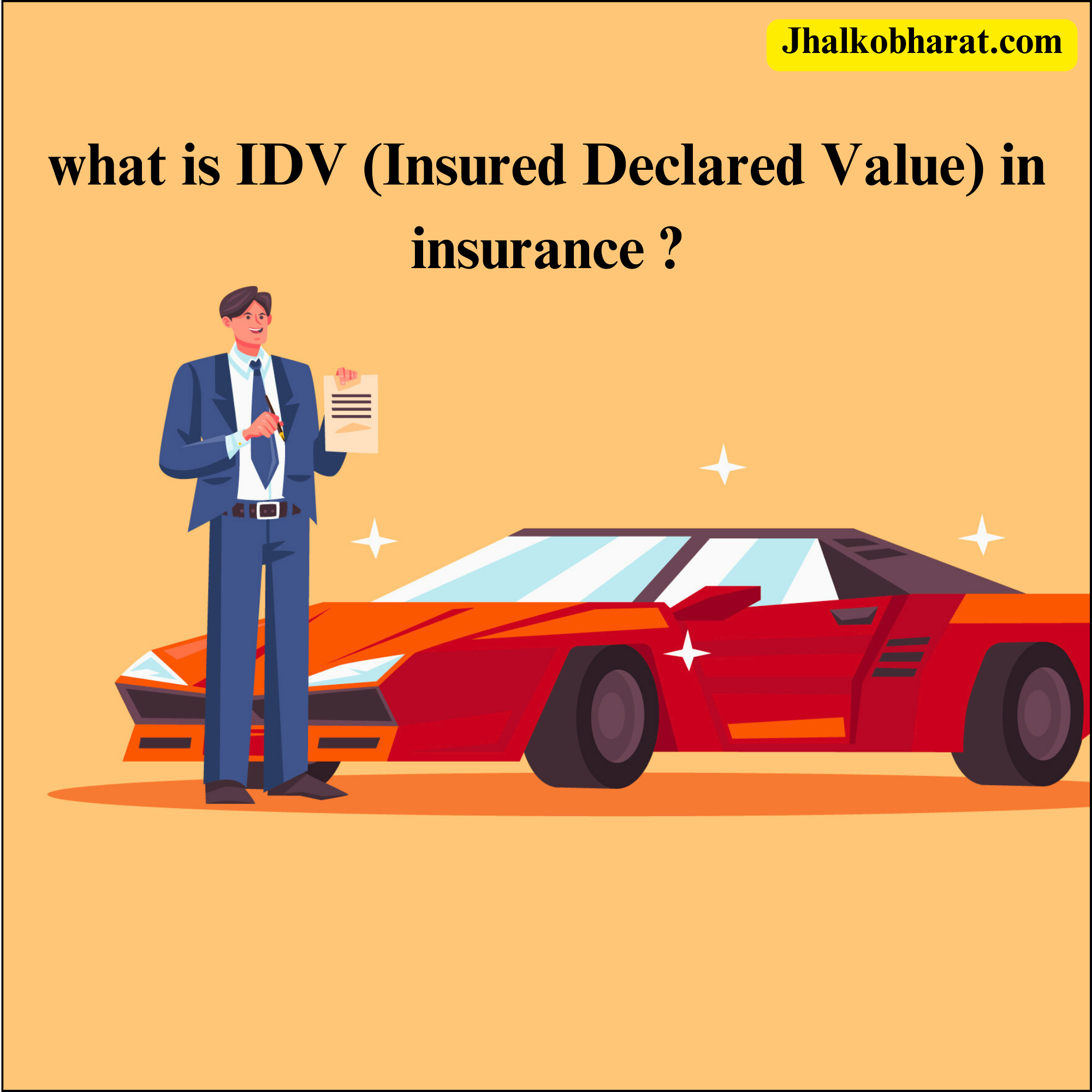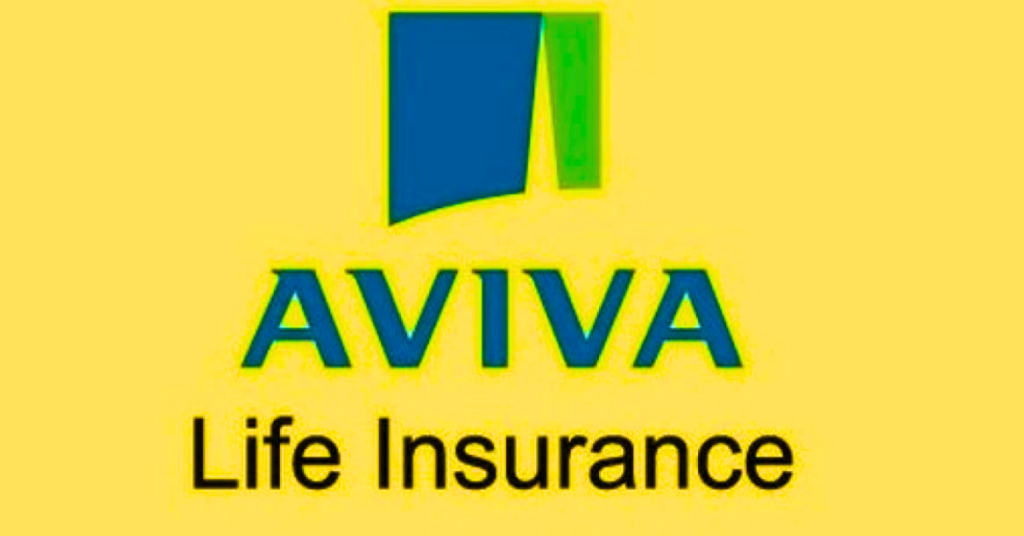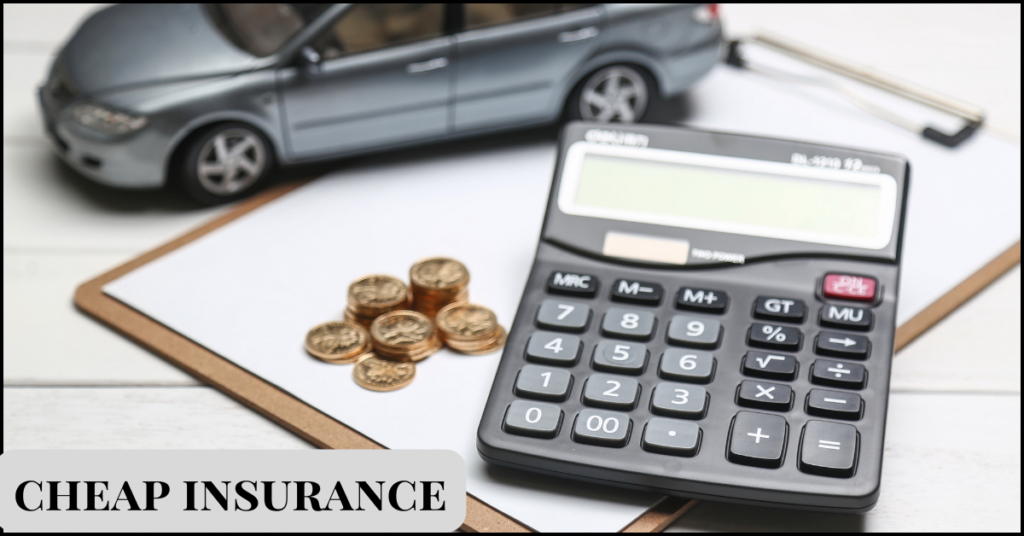In the intricate realm of insurance, Insured Declared Value (IDV) is crucial, particularly when it comes to auto insurance. Policyholders must comprehend IDV because it has a direct impact on both the premium and the quantity of claims. This tutorial seeks to give readers a thorough grasp of IDV, including how it is calculated, why it matters, and how it affects insurance plans.
What is IDV in Insurance?
IDV, or Insured Declared Value, is the maximum sum assured that the insurance company will pay to the policyholder in case of theft or total loss of the insured vehicle. Essentially, IDV represents the current market value of the vehicle. It is not a fixed amount and changes over time due to depreciation.

How is IDV Calculated?
IDV is simple to calculate but takes into account a number of variables. It is usually mentioned selling price less depreciation as stated by the manufacturer. But these factors are taken into account:
- Vehicle’s Age: The older the vehicle, the lower its IDV due to depreciation.
- Make and Model: A car’s IDV is also influenced by its make and model.
- Accessories: Any additional accessories not included by the manufacturer can be added to the IDV calculation.
- Geographical Location: The place where the vehicle is registered can impact its IDV.
The standard depreciation schedule is as follows:
- Up to 6 months: 5% depreciation
- 6 months to 1 year: 15% depreciation
- 1 to 2 years: 20% depreciation
- 2 to 3 years: 30% depreciation
- 3 to 4 years: 40% depreciation
- 4 to 5 years: 50% depreciation
For vehicles older than 5 years, IDV is calculated based on mutual agreement between the insurer and the insured.
Why is IDV Important?
Understanding IDV is critical for both policyholders and insurers for several reasons:
- Determines Premium: IDV directly influences the insurance premium. Inversely, higher IDV translates into higher premiums.
- Claim Amount: In the event of total loss or theft, the claim amount is based on the IDV. Hence, a lower IDV means a lower payout.
- Policy Renewal: At the time of policy renewal, re-evaluating IDV ensures that the vehicle’s current market value is accurately reflected.
Impact of Choosing the Right IDV
It’s crucial to choose the right IDV. An excessively high IDV will raise rates without providing a benefit. On the other hand, if the IDV is too low, the claimant may not receive enough money. Selecting an IDV that strikes a balance between affordable premiums and adequate coverage is therefore advised.
Factors Affecting IDV
Several factors influence the IDV of a vehicle:
- Depreciation: As mentioned earlier, depreciation plays a significant role. The value of the vehicle decreases with time, thereby reducing the IDV.
- Market Trends: Fluctuations in the automobile market can impact vehicle prices, which in turn affects IDV.
- Condition of the Vehicle: The overall condition, mileage, and maintenance of the vehicle also contribute to its IDV.
- Claims History: Previous claims can influence the IDV. Multiple claims may lead to a lower IDV.
IDV and Comprehensive Insurance
IDV is important for comprehensive auto insurance since it establishes the coverage for theft and total loss. Comprehensive insurance covers a wide range of risks, including third-party obligations and damage from man-made and natural disasters. IDV serves as the foundation for the policyholder’s payout in this case.
IDV in Third-Party Insurance
IDV is not taken into account by third-party insurance, in contrast to comprehensive coverage. Liabilities resulting from harm the insured vehicle causes to a third party are covered by third-party insurance. IDV therefore has no effect on the cost of or claims related to third-party insurance.
Adjusting IDV
When purchasing or renewing a policy, policyholders have the option to modify the IDV. It is imperative to guarantee that the determined IDV accurately represents the vehicle’s actual market worth and is reasonable. When settling a claim, overestimating or underestimating IDV may have a financial impact.
Common Misconceptions About IDV
Several misconceptions surround the concept of IDV, including:
- Higher IDV Always Better: While a higher IDV means higher coverage, it also leads to higher premiums. It is important to strike a balance.
- IDV Fixed for All Policies: IDV is not fixed and varies with each policy renewal based on the vehicle’s depreciation and market conditions.
- IDV Equals Selling Price: IDV is the market value of the vehicle, not its selling price. It considers depreciation, which the selling price does not.
Benefits of Understanding IDV
- Informed Decision-Making: Knowledge of IDV helps policyholders make informed decisions regarding policy selection and renewal.
- Financial Planning: Accurate IDV assessment aids in better financial planning, ensuring adequate coverage without overpaying premiums.
- Peace of Mind: Understanding IDV ensures that policyholders are not caught off guard during claim settlements.
One of the key components of auto insurance that affects both rates and claim amounts is insured declared value, or IDV. Policyholders may select appropriate coverage, manage premiums, and guarantee sufficient reimbursement in the event of theft or total loss by having a thorough grasp of IDV. It is necessary to regularly review and modify IDV in order to keep the insurance policy relevant.





